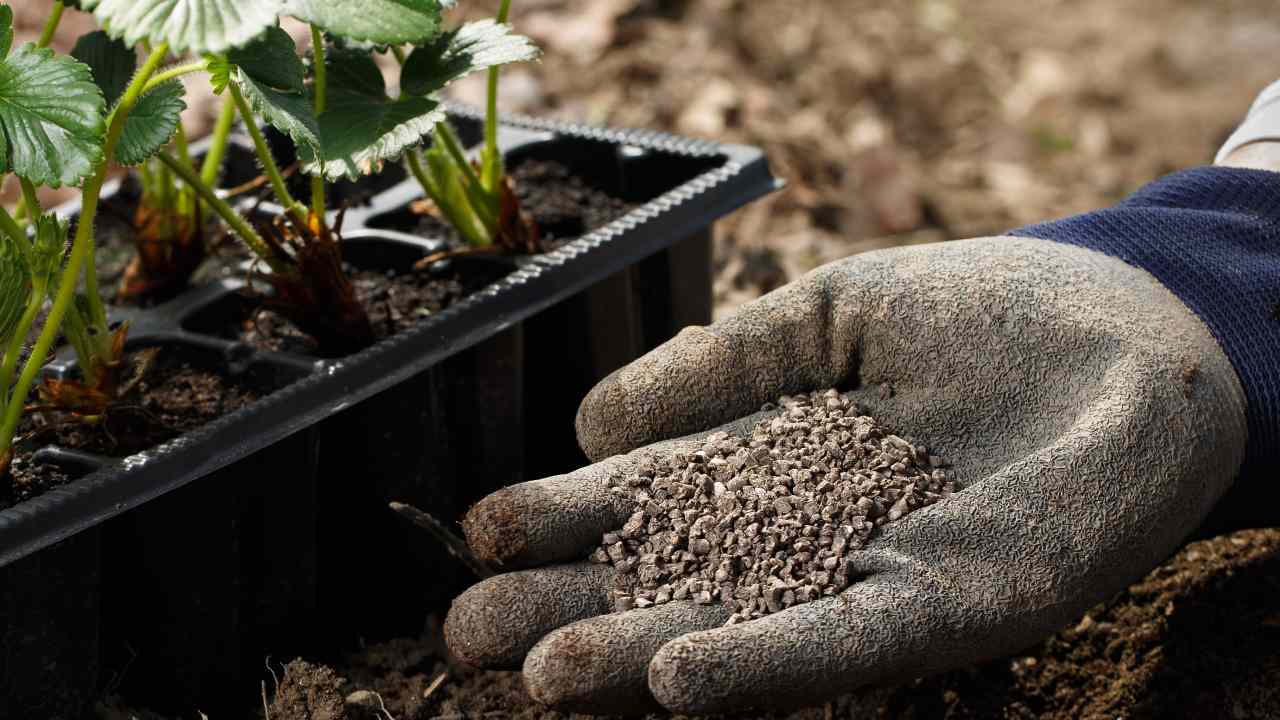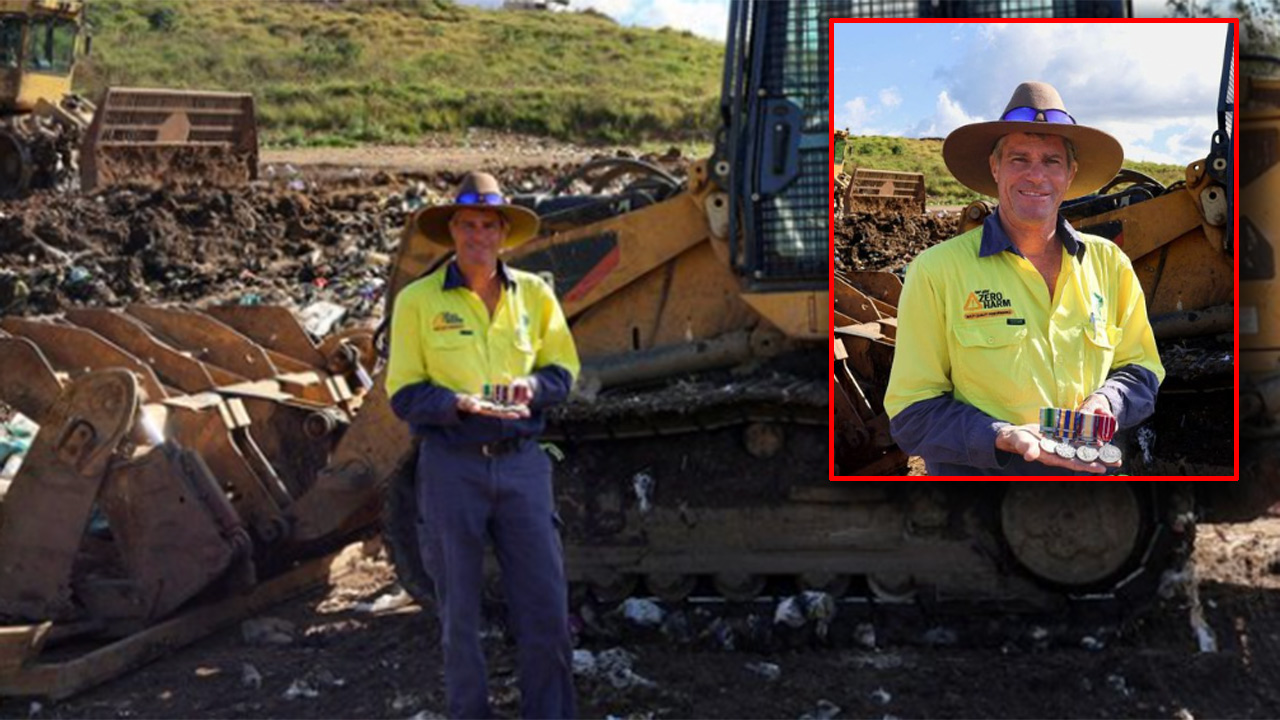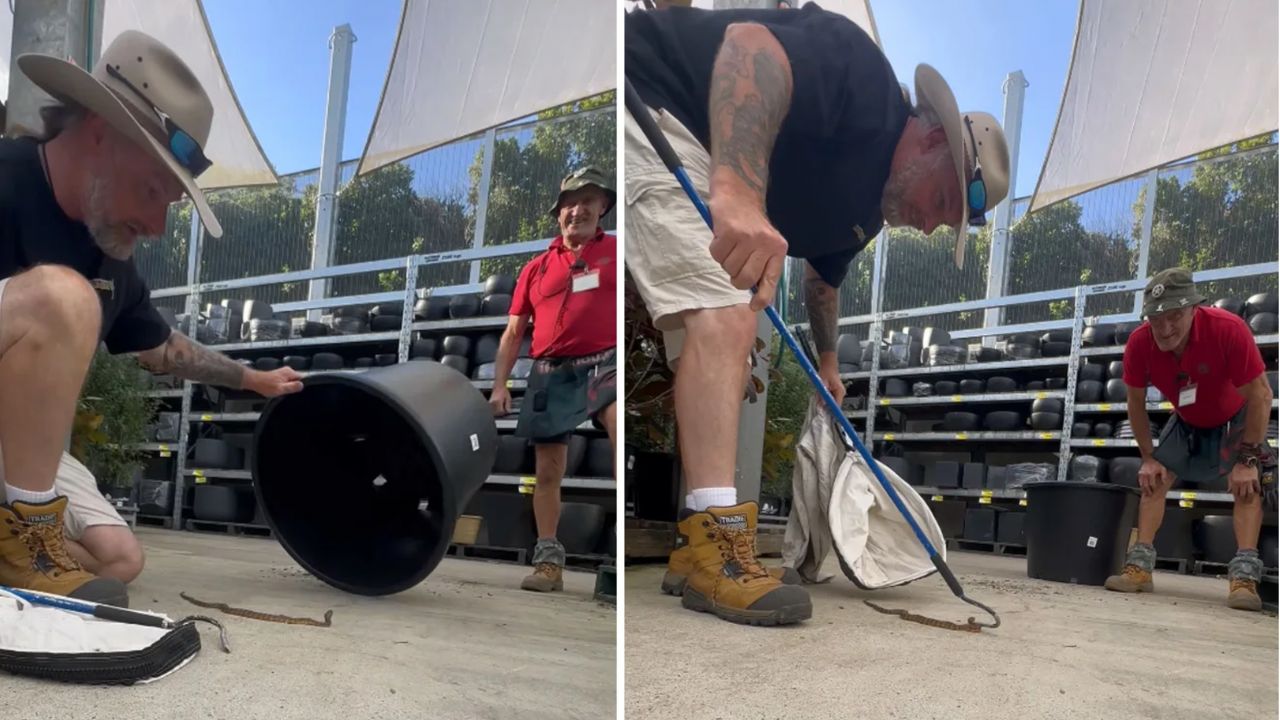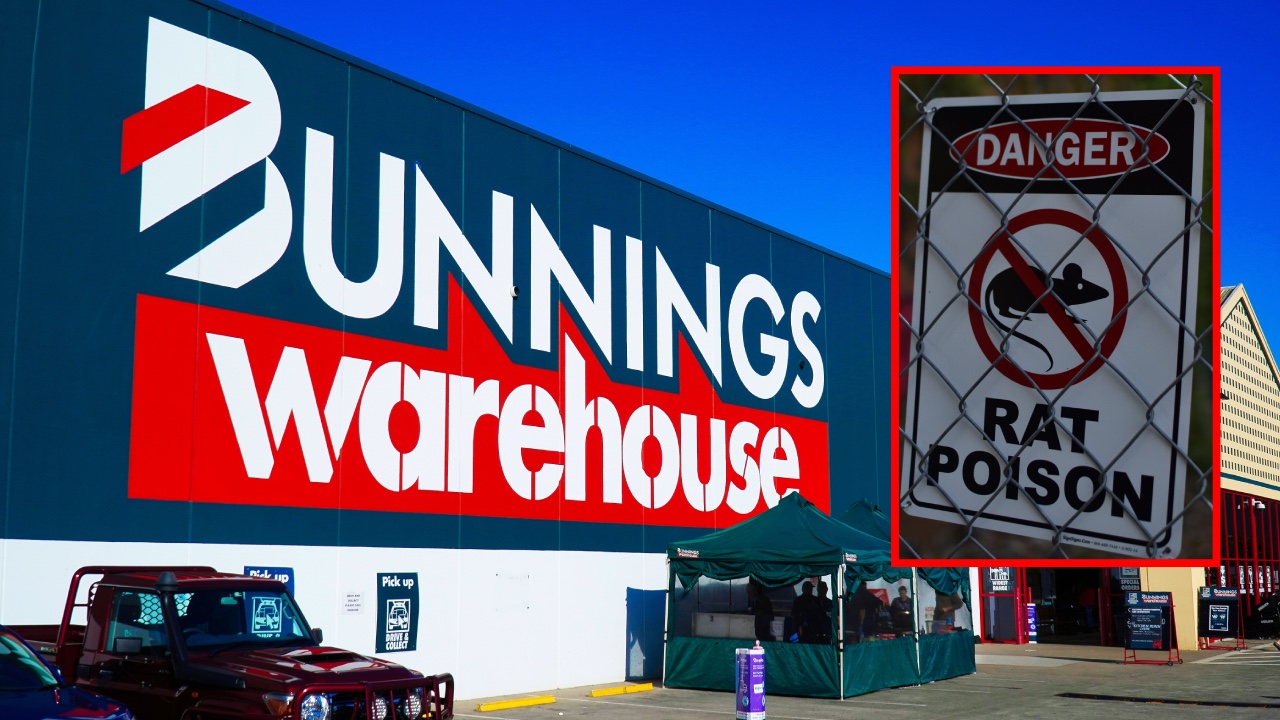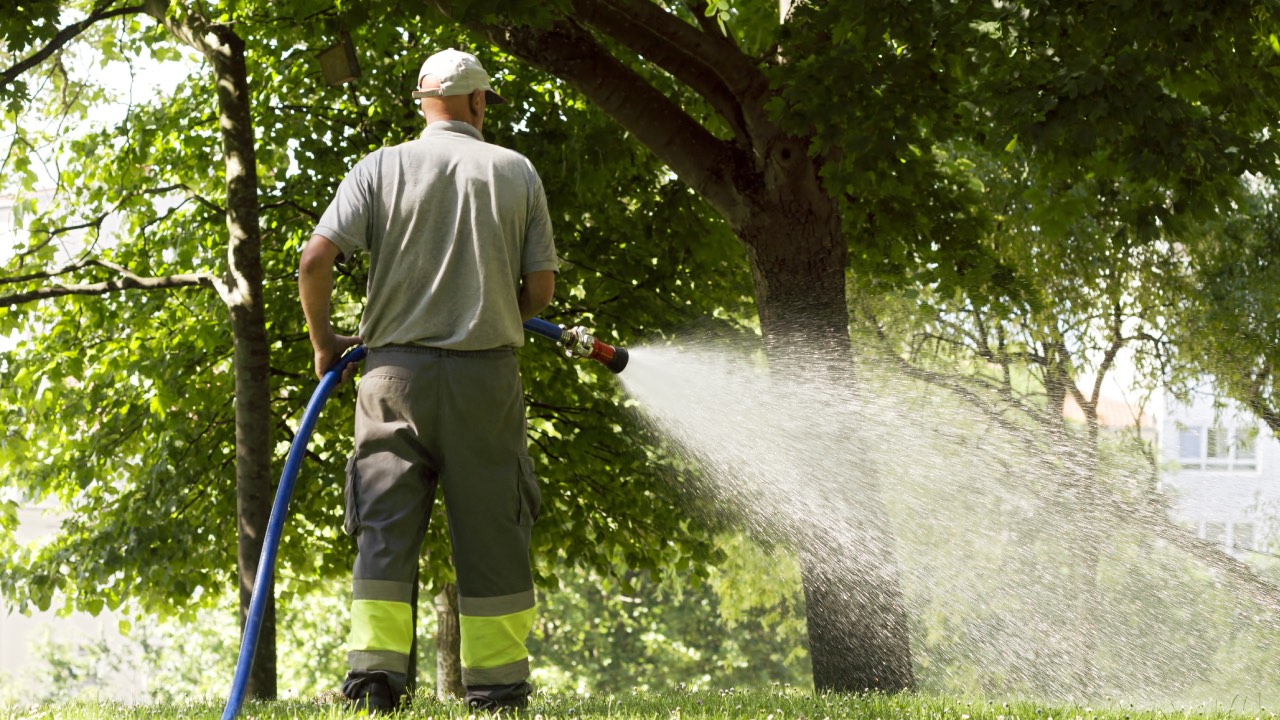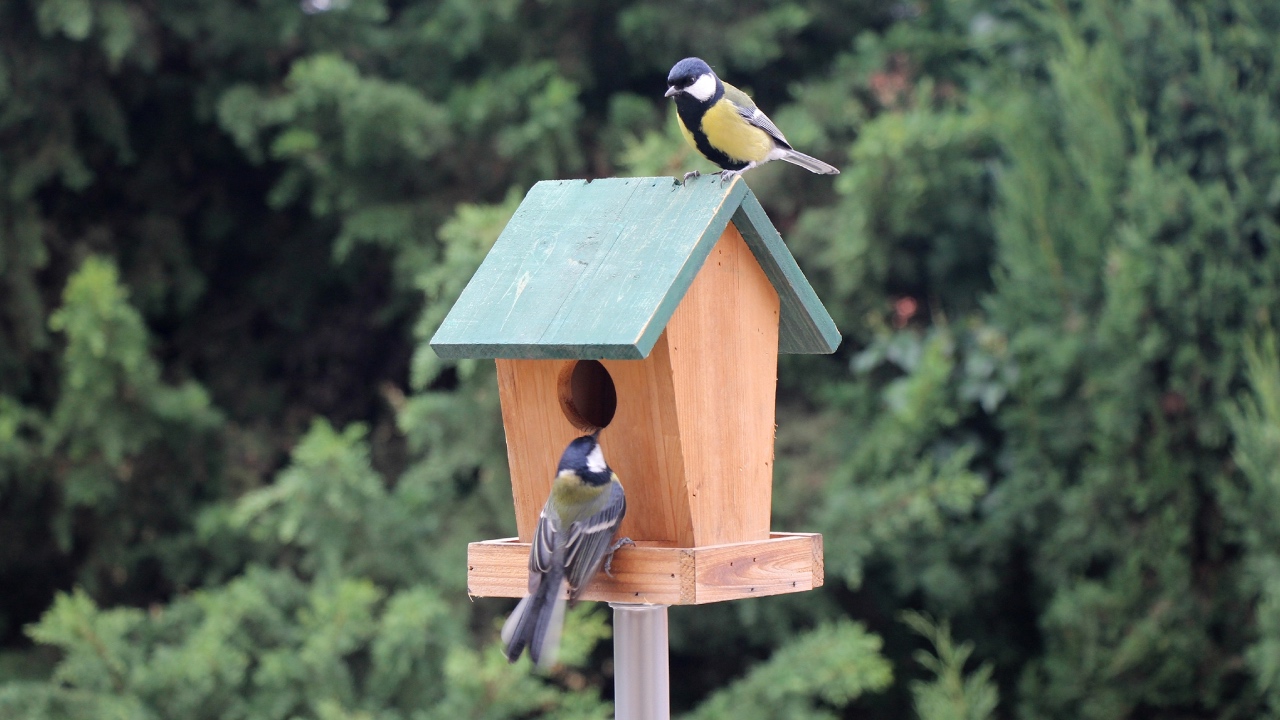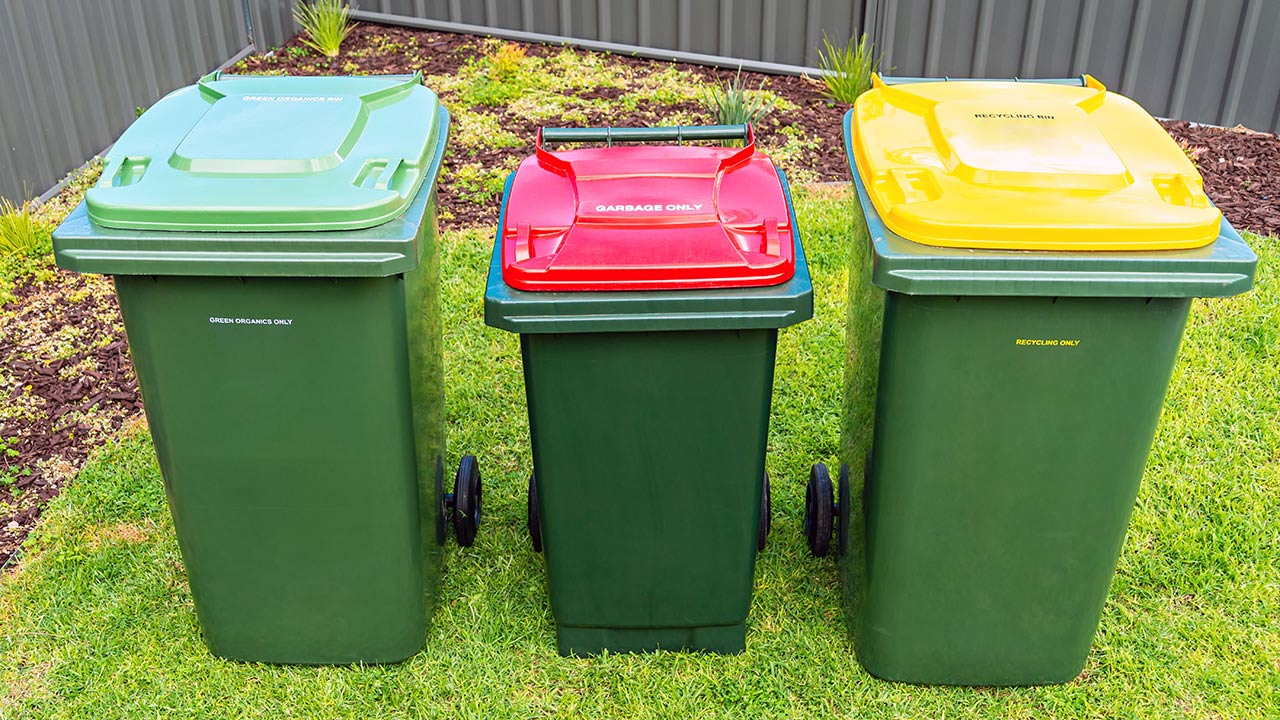1. Ammonia
Give the alkaline-loving flowering plants and vegetables in your garden — such as clematis, lilac, hydrangea, and cucumbers — an occasional special treat with a shower of 1/4 cup ammonia diluted in 1 gallon (3.7 litres) water. They’ll love the boost in nitrogen.
2. Baking soda
Give your flowering, alkaline-loving plants, such as clematis, delphiniums, and dianthus, an occasional shower in a mild solution of 1 tablespoon baking soda in 2 quarts (2 litres) water. They’ll show their appreciation with fuller, healthier blooms.
3. Bananas
Banana peels, like the fruit itself, are rich in potassium — an important nutrient for both you and your garden. Dry out banana peels on screens during the winter months. In early spring, grind them up in a food processor or blender and use it as a mulch to give new plants and seedlings a healthy start. Many cultivars of roses and other plants, like staghorn ferns, also benefit from the nutrients found in banana peels; simply cut up some peels and use them as plant food around your established plants.
4. Coffee grounds
It isn’t the caffeine in coffee grounds that garden plants like azaleas, rosebushes and evergreens love, it’s the acidity and aeration the grounds provide — not to mention nitrogen, phosphorous, and trace minerals. Just be sure to dig the grounds into the soil to keep them from becoming moldy. Dig about ¾ cup of grounds into the soil near the roots, repeating once a month. And don’t overdo it. Fertilizing even acid-loving plants with coffee grounds too frequently could increase soil acidity to undesirable levels.
5. Fireplace ashes
Hardwood ashes from your fireplace will supply potassium and phosphorous to garden plants. Just make sure not to use wood that has been treated with preservatives or anything else. To fertilize plants, spread a half-inch layer of ashes a few inches from the stem and dig it into the soil. However, if you store ashes outside, protect them from the rain or their nutrients will be depleted, and don’t use ashes around potatoes, since ash can promote potato scab.
6. Matchbooks
Matchbooks as fertilizer? Yes! But only when you want to add sulfur to the soil to lower the pH for acid-loving plants. Tear out the matches from several matchbooks and toss them into the bottom of planting holes for impatiens, hydrangeas, azaleas, and gardenias.
7. Tea
Sprinkle new or used tea leaves (loose or in tea bags) around your rosebushes and cover with mulch to give them a midsummer boost. When you water the plants, the nutrients from the tea will be released into the soil, spurring growth. Roses love the tannic acid that occurs naturally in tea. Likewise, schedule an occasional teatime for your ferns and other acid-loving houseplants. Substitute brewed tea when watering the plants. Or work wet tea leaves into the soil around the plants to give them a lush, luxuriant look.
Written by Reader’s Digest Editors. This article first appeared in Reader’s Digest. For more of what you love from the world’s best-loved magazine, here’s our best subscription offer.
